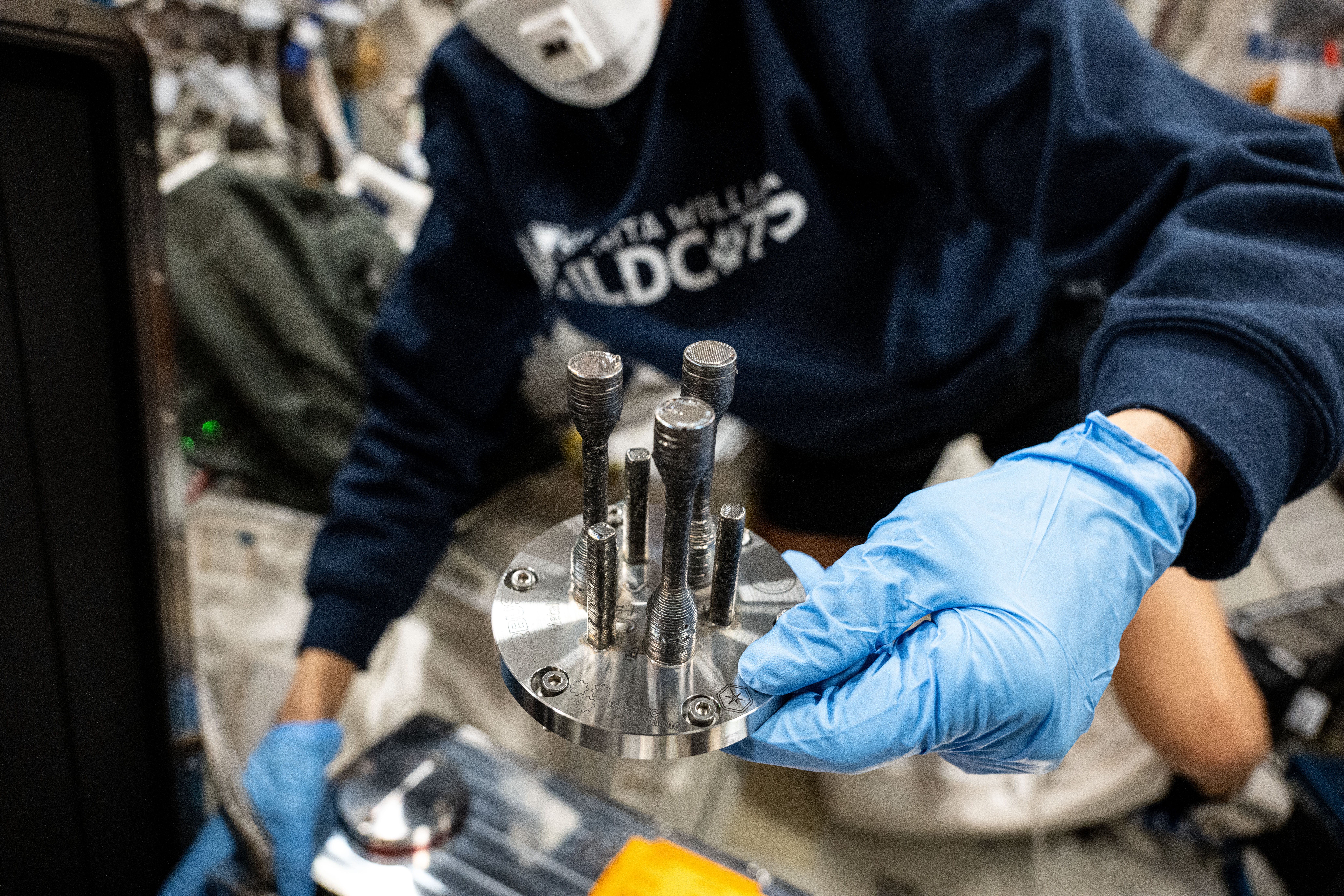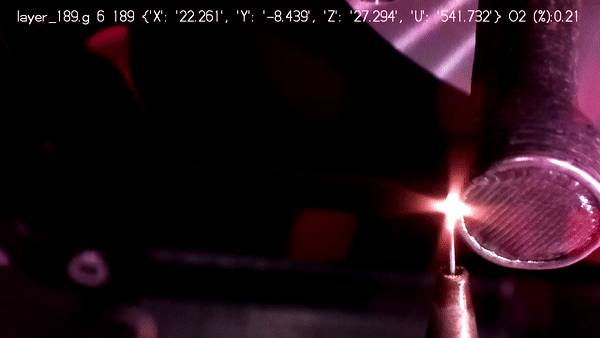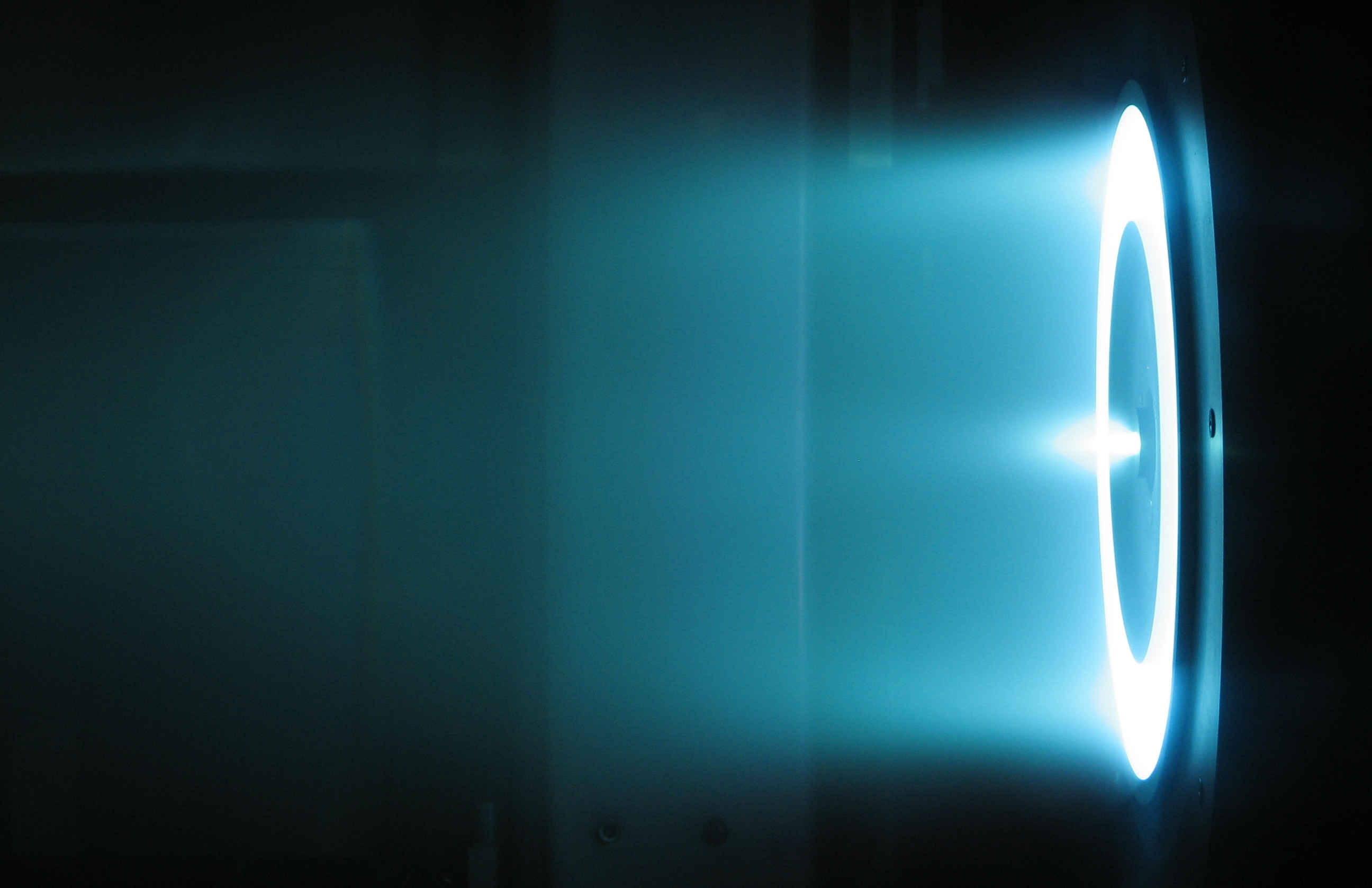Printing in space

Space exploration poses a big logistical problem—apart from the other thousands of problems—in that you have to bring exactly what you need because of the weight, space and cost restrictions. And God help you, if your equipment breaks. Then you're out of luck. It could take months or years to get that replacement part you badly need, right now.
In my novel Rock Hopper, the main character has the advantage of exploring space in the future. He brings a 3D printer that can output advanced equipment, but also another printer. I'll let you wrap your head around that concept for a while.
In reality, printing in space is tricky, especially if you want to 3D print metal shapes. Printers today, that put layers upon layers of melted metal on a surface, rely on gravity for the shape to form correctly. Of course, gravity is often in short supply in space, for example on the International Space Station (ISS). Another challenge is that it requires extreme heat. Imagine what could happen if a device that melts metal would run amok in a spacecraft. Exactly.
Well, it appears we're making progress. ZME Science and ESA tells about the first successful 3D printed metal part produced aboard ISS. They seem to have solved some of the problems using a high-powered laser and surface tension to help the liquid metal forming correctly. The output might not be that impressive right now, but this is just the beginning. Maybe someone like my character will have that amazing printer in the future, printing mining equipment on an asteroid.




